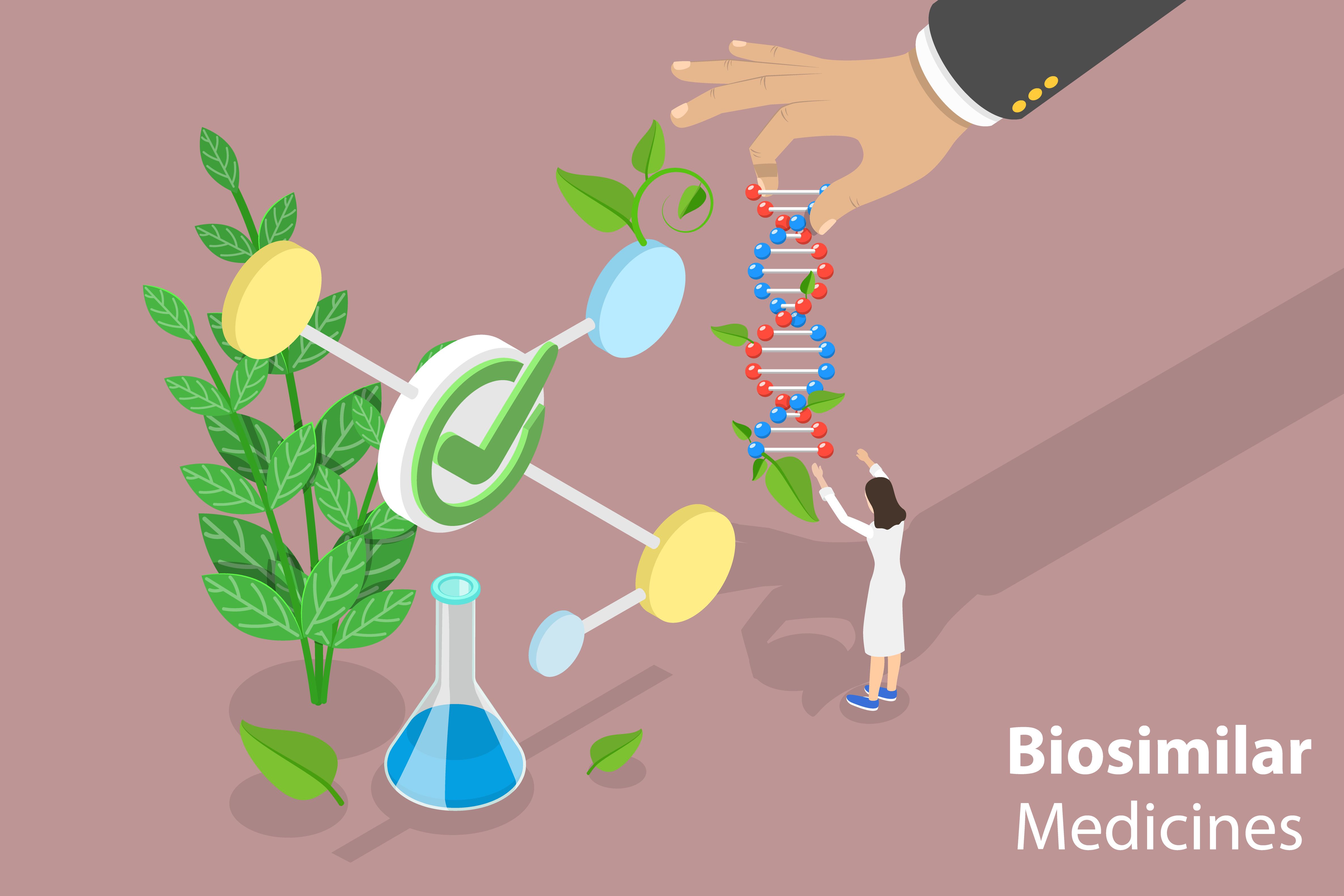Article
Biosimilar Infliximab-dyyb Demonstrates Same Effectiveness as Remicade in Pediatric Patients
Author(s):
In a single-center study, investigators reviewed charts of 25 children with inflammatory bowel disease transitioning from infliximab to the biosimilar infliximab-dyyb for maintenance.
The biosimilar agent infliximab-dyyb (Inflectra; Pfizer) was shown to be as effective as infliximab (Remicade; Janssen Immunology) for maintenance therapy in pediatric inflammatory bowel disease (IBD), according to the results of a study published in the Journal of Pediatric Gastroenterology and Nutrition.
Credit: TarikVision - stock.adobe.com

Investigators reported that the safety, efficacy, and cost-effectiveness of biosimilar agents for infliximab have been suggests by prior studies of their use for IBD in adults; however, although these agents have been recommended, few patients are switching maintenance therapies from the reference drug. Investigators aimed to compare the biochemical markers of the disease activity for children with IBD on maintenance therapy for the biosimilar agents to their pervious biochemical markers on the reference drug.
In the single-center study, investigators reviewed the charts of 25 children with IBD who transitioned from infliximab to the biosimilar agent infliximab-dyyb for maintenance therapy. They included demographics and various biochemical markers of the disease control and used nonparametric-related samples Wilcoxon signed-rank tests to compare mean ranks of these markers. The markers included C-reactive protein; erythrocyte sedimentation rate; hemoglobin; platelet count; albumin; and body mass index z score.
The markers were analyzed between the last year on infliximab and the first year on infliximab-dyyb. Between March 2018 and June 2018, most individuals on the reference drug for maintenance therapy were transitioned to the biosimilar agent for the maintenance therapy. Of the 25 children, 17 were diagnosed with Crohn disease and 8 with ulcerative colitis.
Investigators found that the results of all, with the exception of albumin, supported that there would not be a statistically significant difference in the biochemical markers of the disease activity with the 2 medications. There were no statistically significant differences in the other biomarkers when comparing the reference drug to the biosimilar agent.
Investigators reported that the majority of the laboratory tests were obtained at the time that the patients received infusions, not at the time of their clinic visit, therefore the symptoms were not assessed at the time the labs were drawn. The Pediatric Ulcerative Colitis Activity Index and the Pediatric Crohn’s Disease Activity Index scores could not accurately be used in the study, according to the study.
Investigators noted that the analyzation of hospital admissions, treatment for Clostridium difficile infection, need for adjunct corticosteroid therapy, and requirement for higher doses of biologic medications is also important for consideration. They reported that the number of patients who required these various interventions was compiled for the last 12 months of the reference drug and first 12 months of the biosimilar agent were nearly identical.
The study results were limited by the sample size and because the data came from a single center. The retrospective nature of the study was another limitation, according to the investigators. Additionally, the laboratory values did not coincide with clinic visits, so the index scores could not be determined or used.
The study authors said they would like to analyze the frequency of reported infusion reactions between infliximab and infliximab-dyyb because it is possible infliximab-dyyb is not only efficacious and cost effective, but also safer.
Reference
Hinshaw A, Cares K, Thomas R, El-Baba M. Efficacy of Infliximab biosimilar for maintenance therapy in pediatric inflammatory bowel disease following infliximab originator. JPGN Rep. 2022;3(4):e256. doi:10.1097/PG9.0000000000000256






